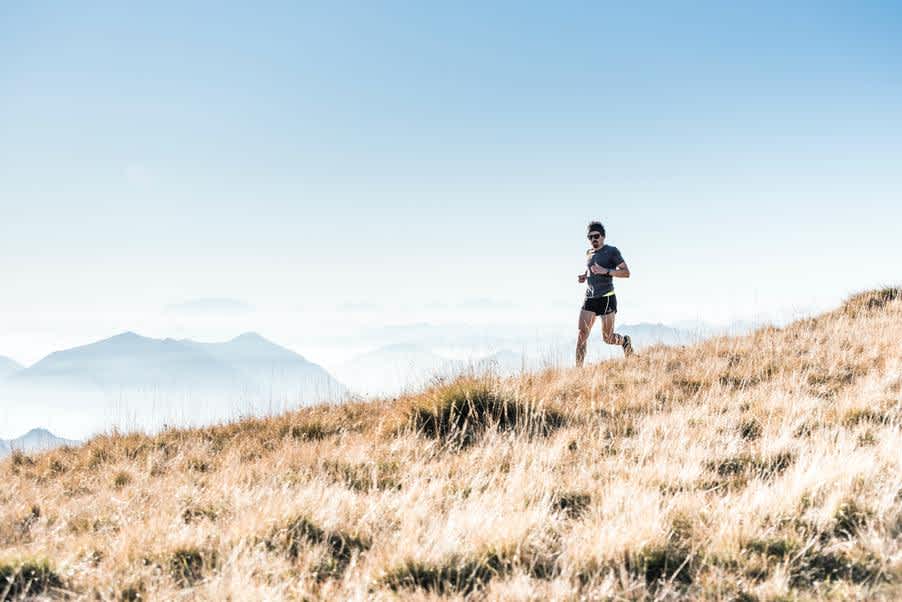The weather is changing, the temperatures are dropping — kind of — which can only mean one thing. Running season is upon us. No surprise, as it’s beneficial to cardiovascular fitness, core and leg strength, And there’s the fact it’s a great excuse for getting out into nature — literally, you can do it anywhere.
Former NRL player, Ben Lucas, who is now the director of Flow Athletic is pretty big on running — you kind of have to be, with his background. Whether you’re a seasoned runner or a newbie, he has you covered on just how to improve your running experience.
Running Tip #1: HIIT Training
Yep, that’s right — if you want to get better at running, it’s best to incorporate some other types of exercise alongside it. Lucas says, “HIIT training is a great way to build up your stamina, improve your cardiovascular fitness, strengthen your muscles and work your entire body.”
Working to build other muscles — and the overall balance in your body — will make you a stronger runner.
He also suggests “practising speed up exercises followed by a slow down phase” if you’re prepping for a running event — so you’re ready for overtaking other runners or approaching the finish line.
Running Tip #2: Specific Weight Training
It’s not uncommon to have one arm that’s stronger than the other — and for some of us, that’s true of our legs too. The problem is “this may lead to imbalances and potential injury,” explains Lucas. The same goes for poor posture.
Leg exercises that focus on one leg at a time are some of the best strength exercises a runner can do. We’re talking “one leg deadlift with a kettlebell; alternate lunges; runners lunges; side lunges; lunge to knee drive; pistol squats with TRX; Bulgarian split squat.”
As for the core and posture? “Row; push-ups; plants; oblique crunches; lat pull-downs; mountain climbers focusing on the obliques.”
Running Tip #3: Diet and Supplements
“Diet can play a huge role in how you’re performing — not only how you feel during the run, but for how you can recover.”
As for Lucas’s top tips?
“After you run, make sure you refuel with a protein-rich meal/snack, but also micronutrients you’d get from the likes of veggies and berries.
“If you’re running for a purpose such as an event, don’t eat anything unusual in the days leading up to it — especially if you’re planning to tackle something like a half marathon.
“Depending on the frequency and distance that you’re running — as well as the temperature/humidity — you may want to consider supplementation like electrolytes and magnesium. Just make sure these supplements are tested before a major running day — don’t take a supplement your body isn’t used to for the first time right before an event.”
His last tip? “Hydrate!”
Running Tip #4: Prep and Recovery
It’s important to prepare, and recover, adequately according to Lucas.
“Pre-run, make sure you are hydrated, have eaten something healthy (but not too filling!) if it’s an appropriate time for you to eat, do some mobility exercises to get your body ready to run, stretch your ankles and make sure they are ready to carry your body the distance.”
As for post-run? “Stretch, use a roller, get a massage, eat well, hydrate and have some supplements.”
Running Tip #5: Sleep
We’re big on sleep here at The Latch, and it seems Lucas is too. “When it comes to performance, being able to recover effectively and making good decisions, sleep is always number one.”
Going further, he explains that you can train hard and eat well — but you’ll never feel your best if you don’t have adequate sleep. Don’t listen to those that boast about sleeping four hours a night; sleep the right amount of time for you.
And two more quick tips from Lucas? Get good shoes — one’s that are right for your feet, not necessarily the most expensive ones — and if you’re a man running a marathon, wear nipple tape.







